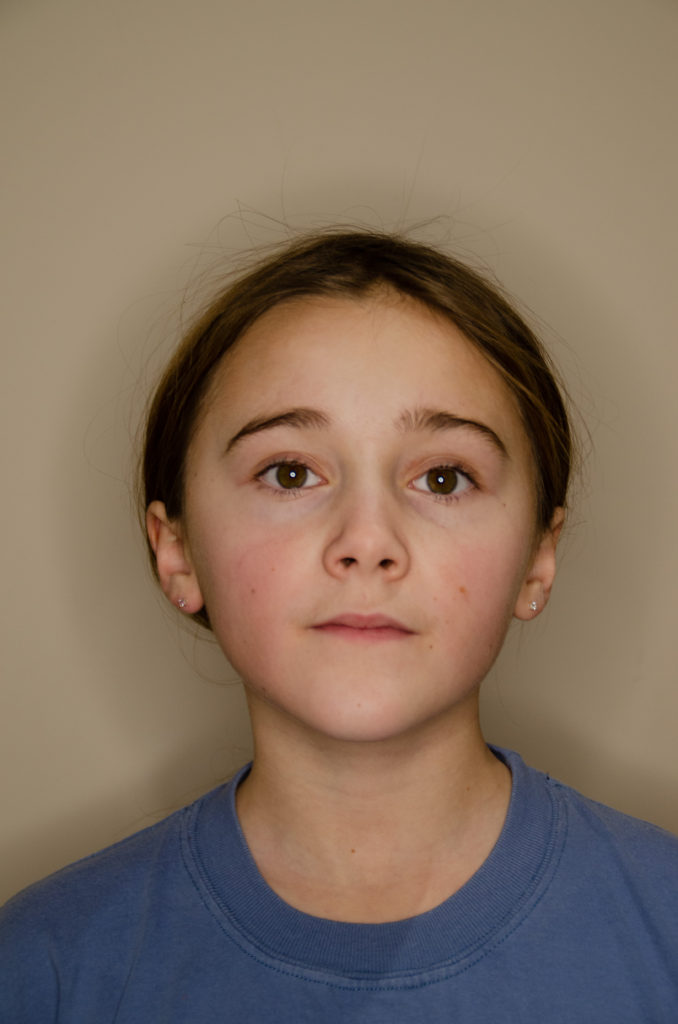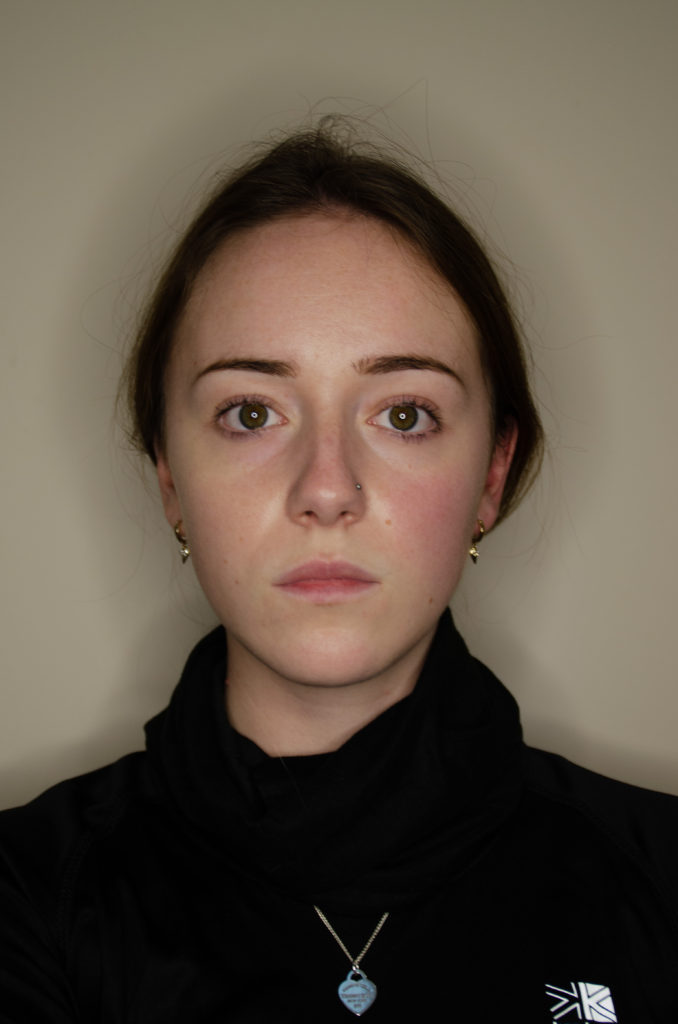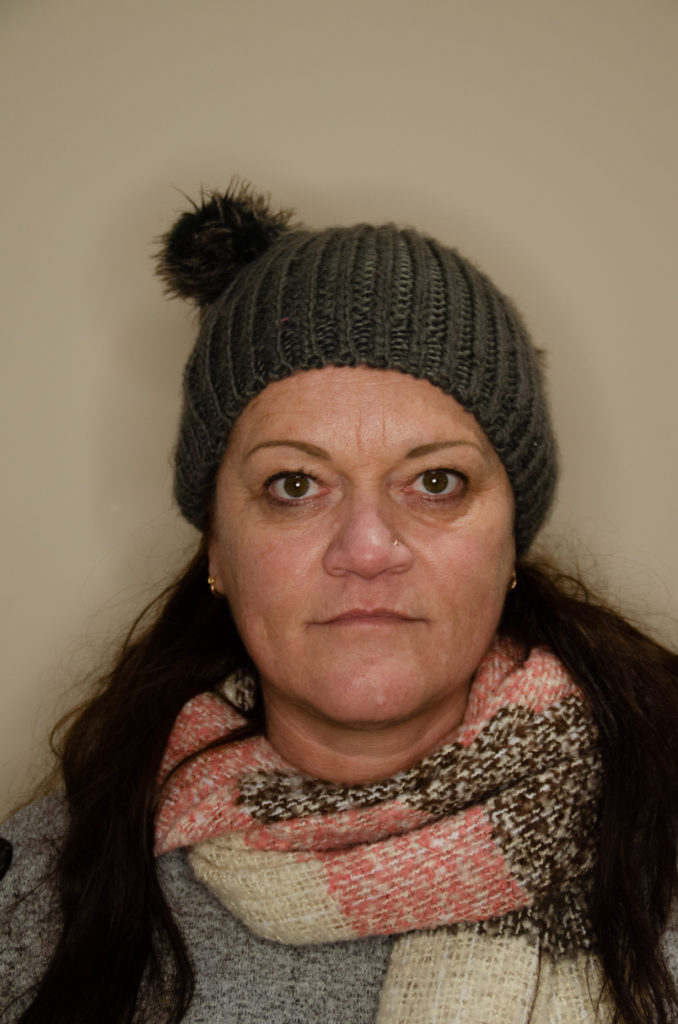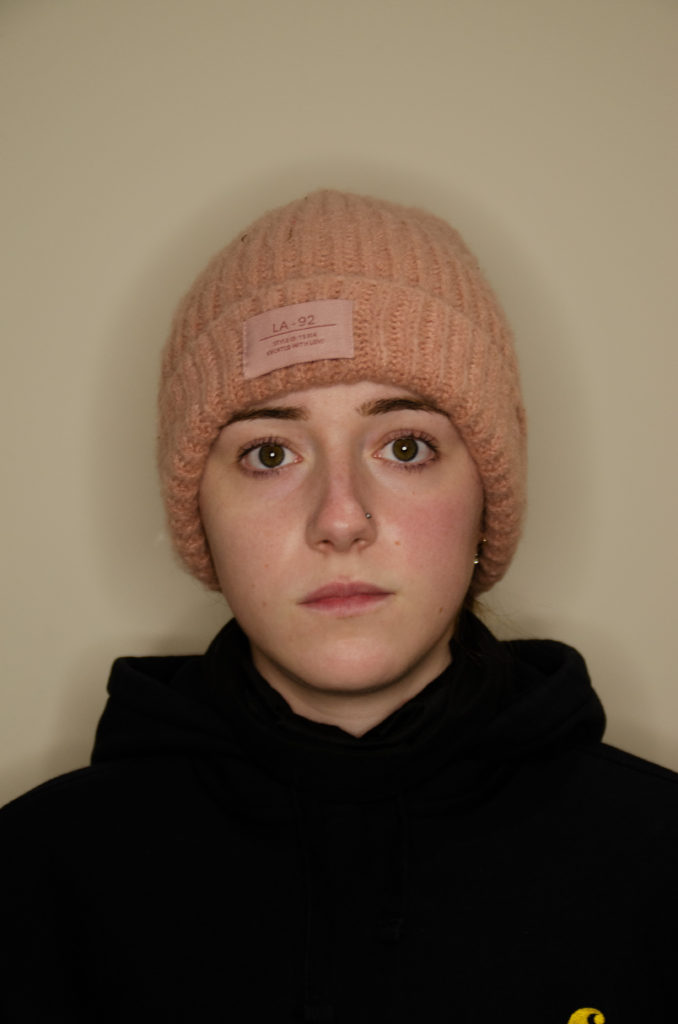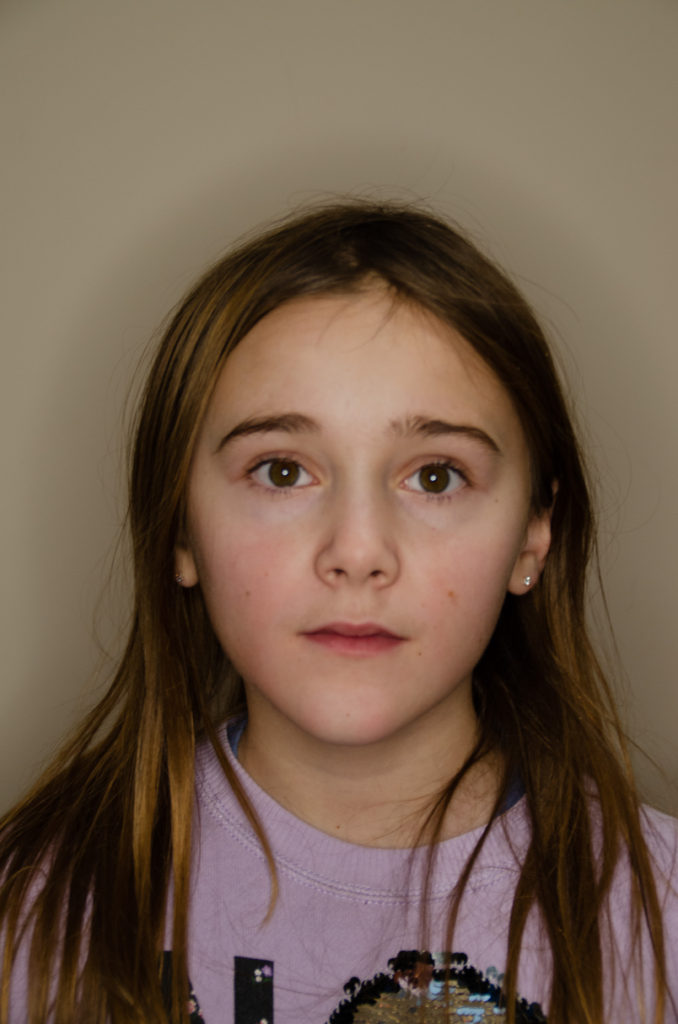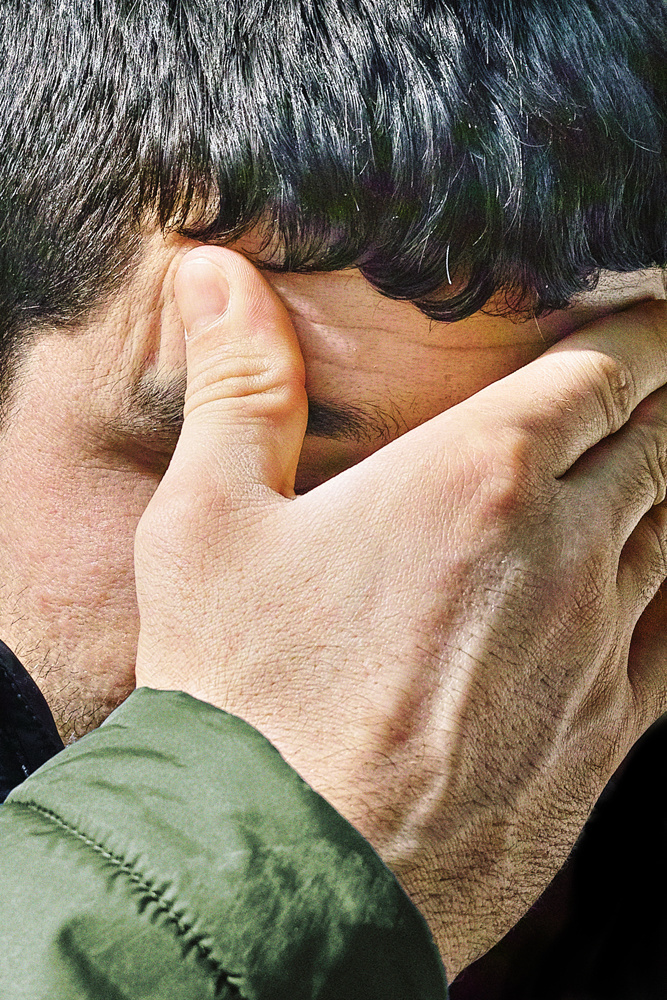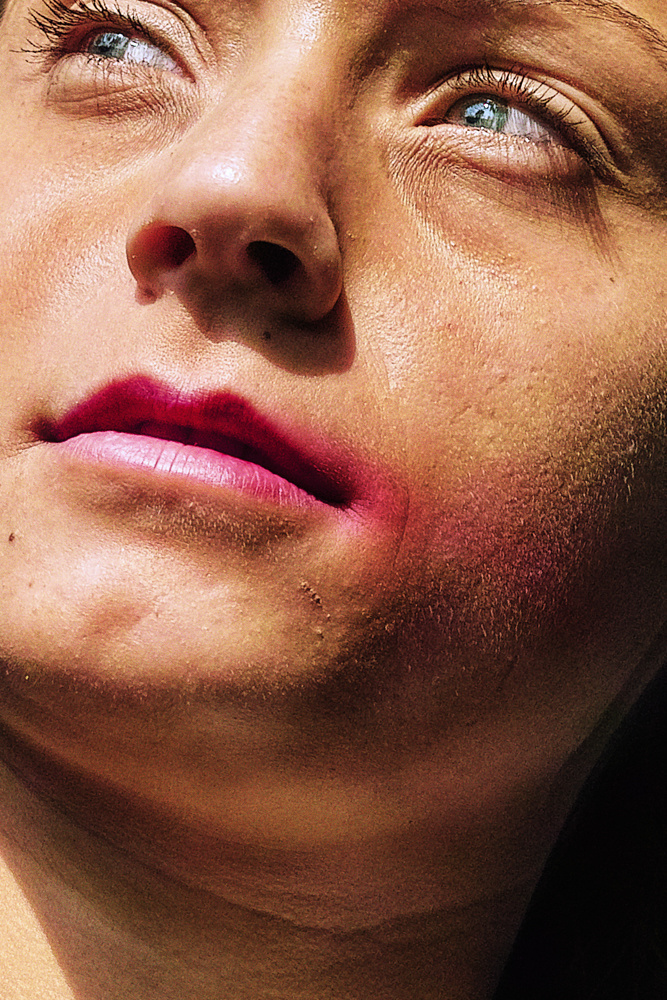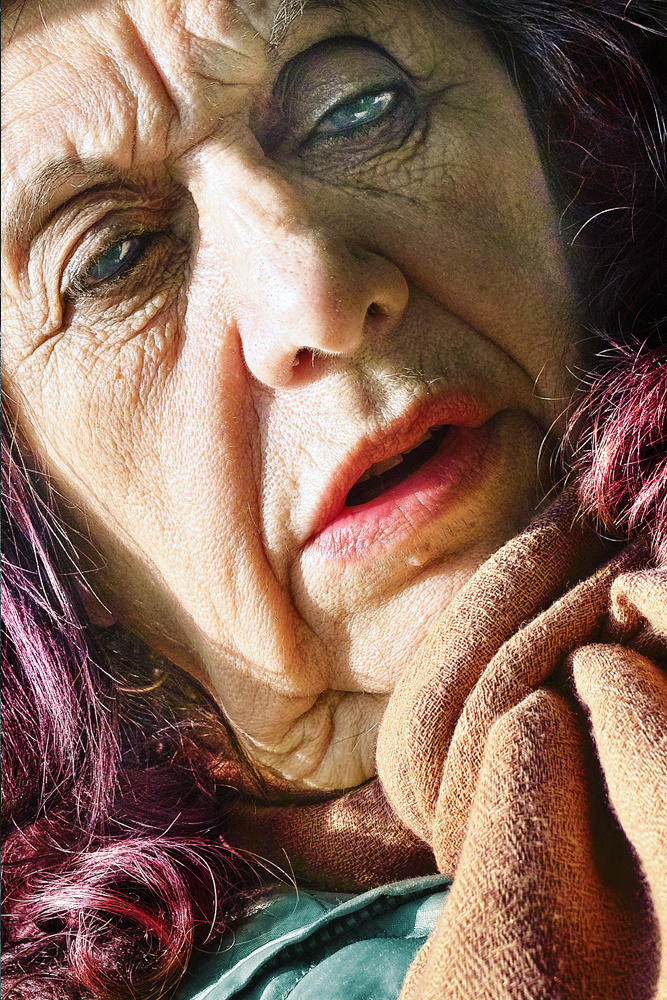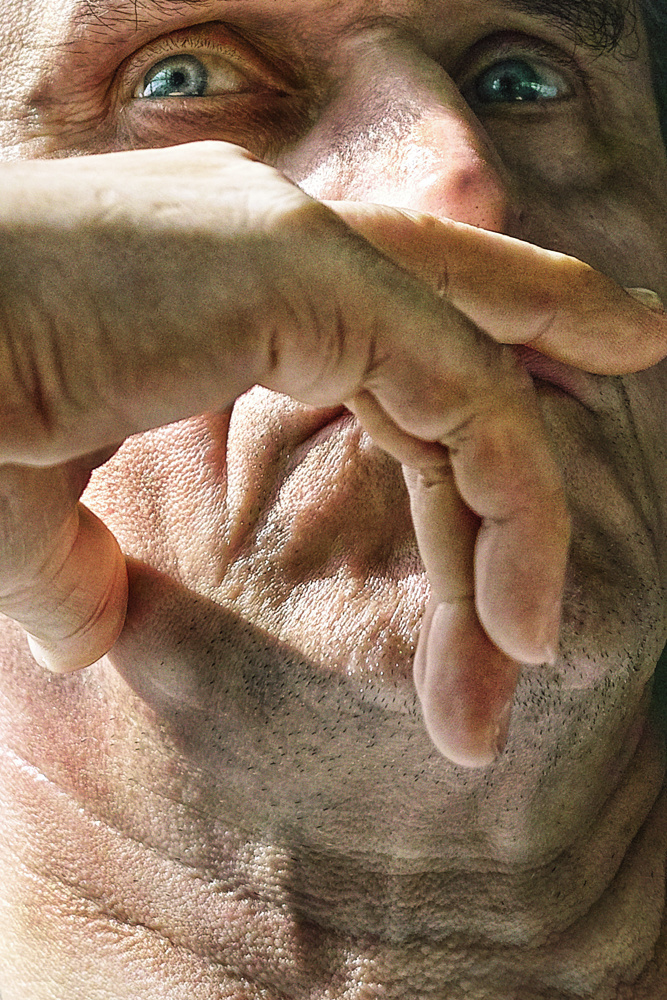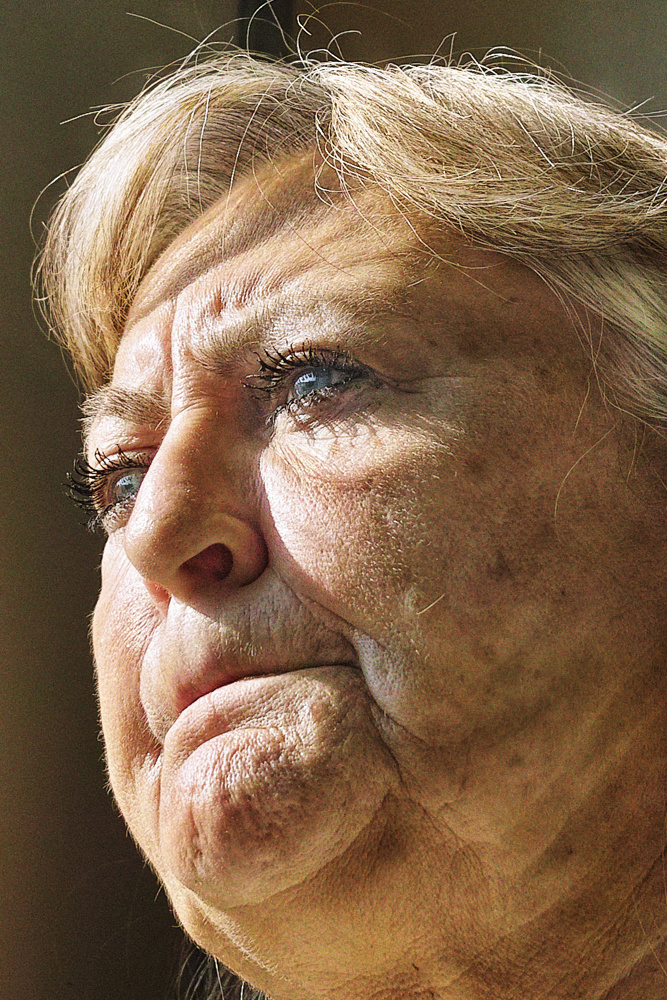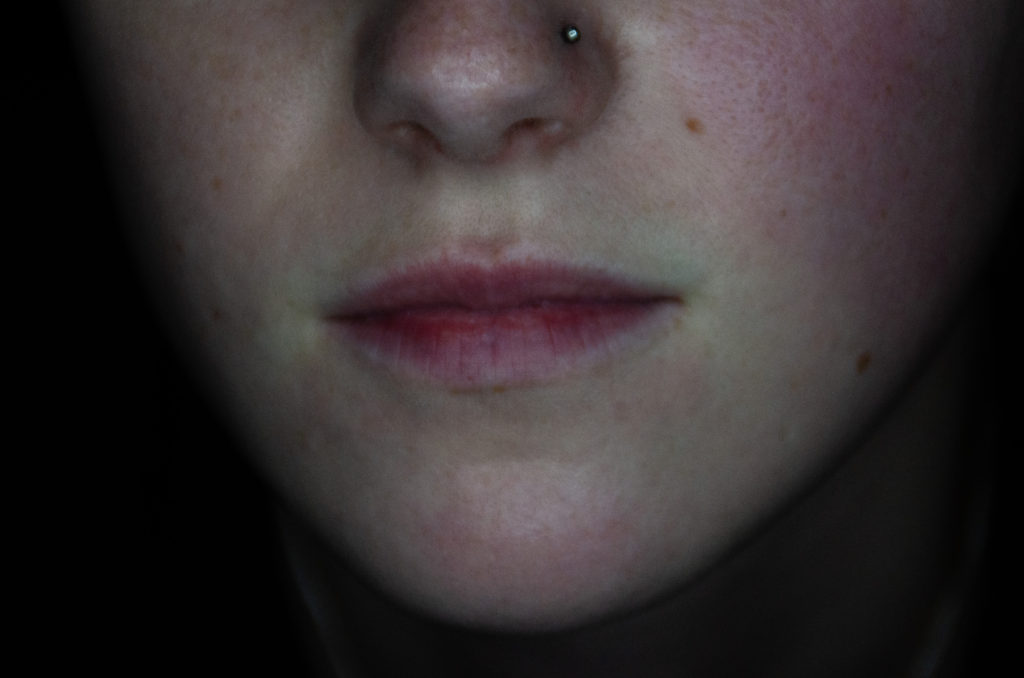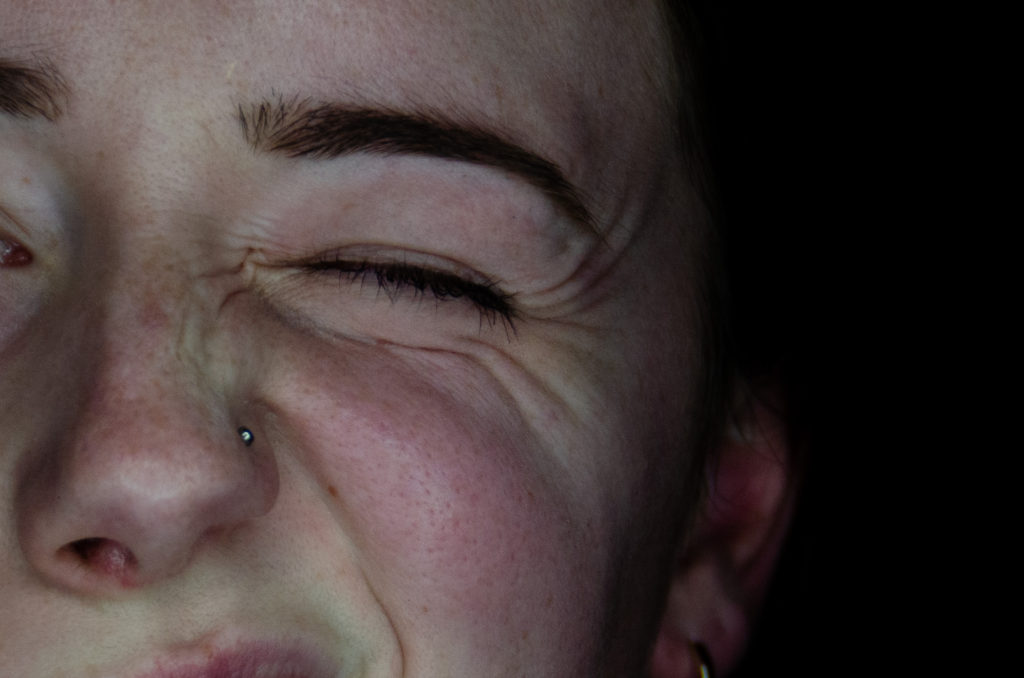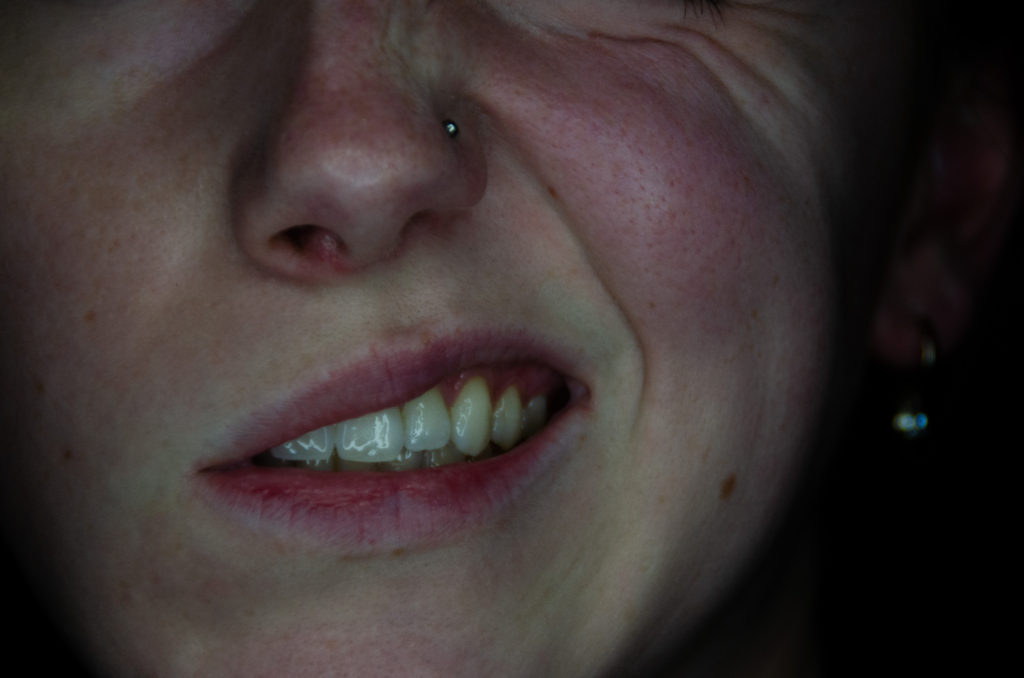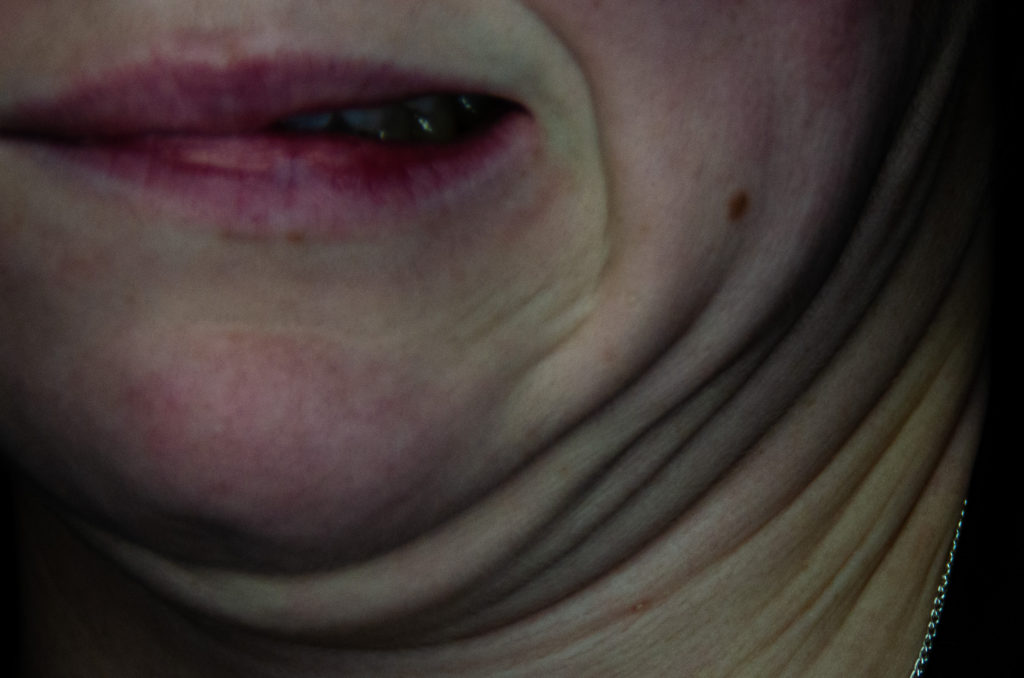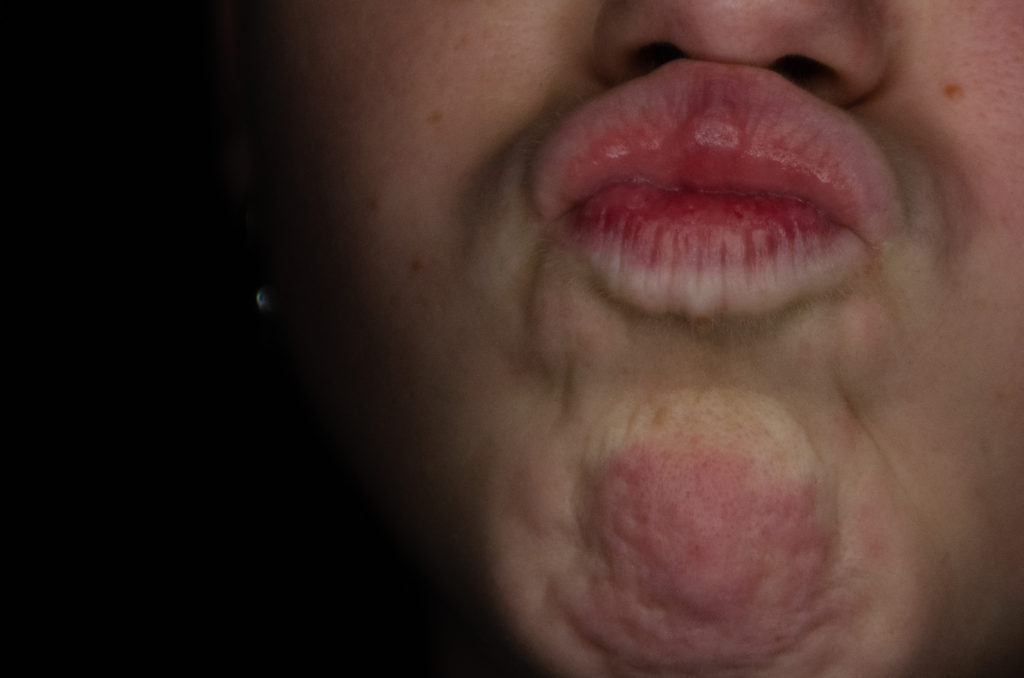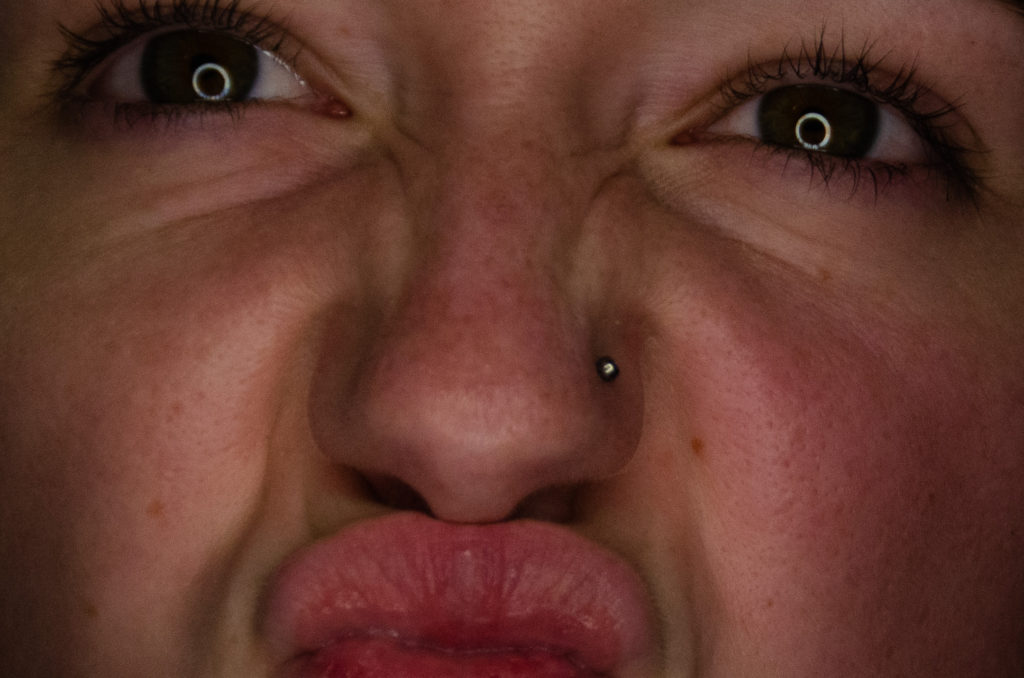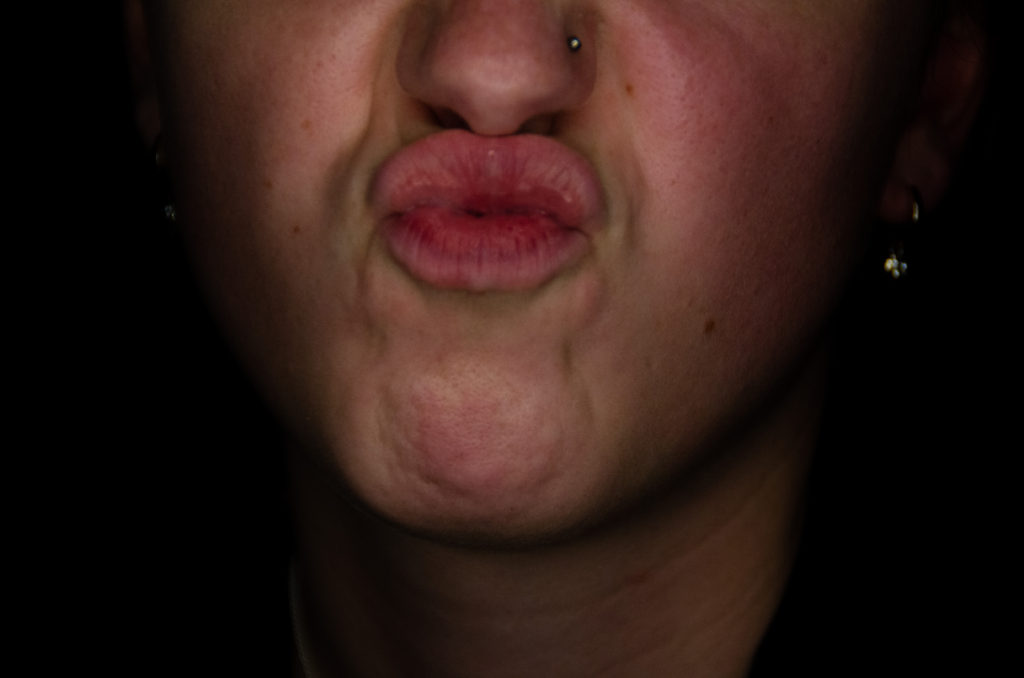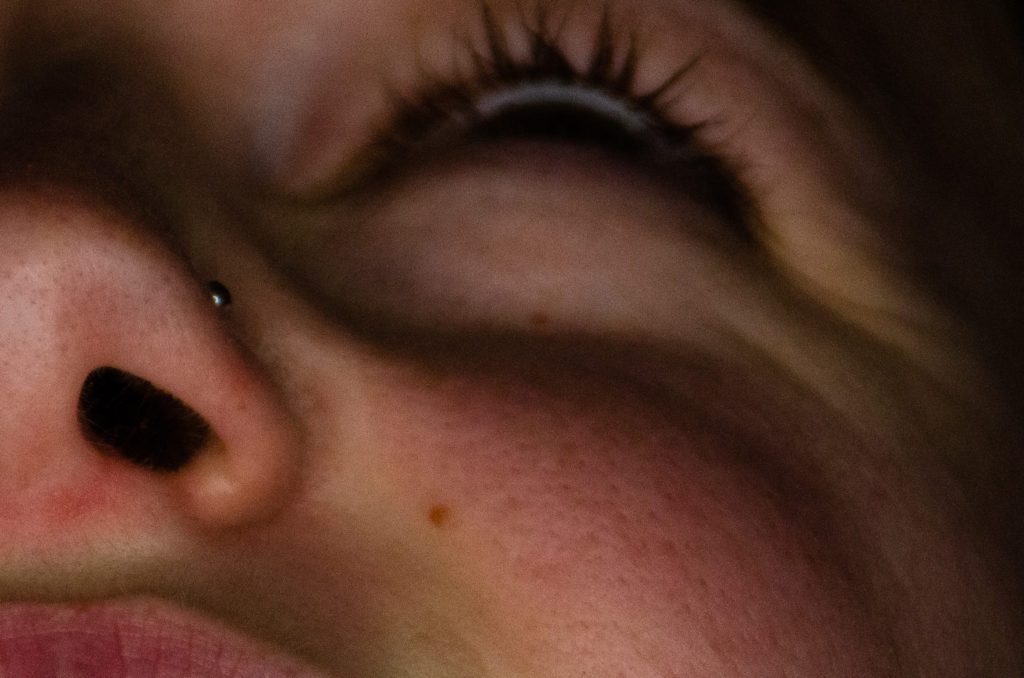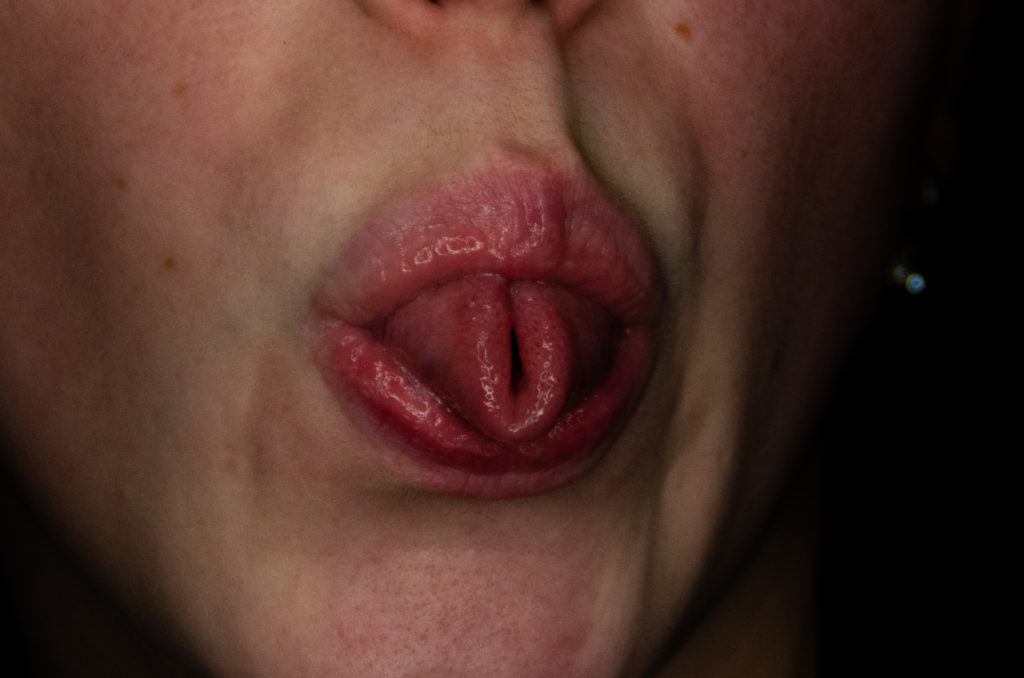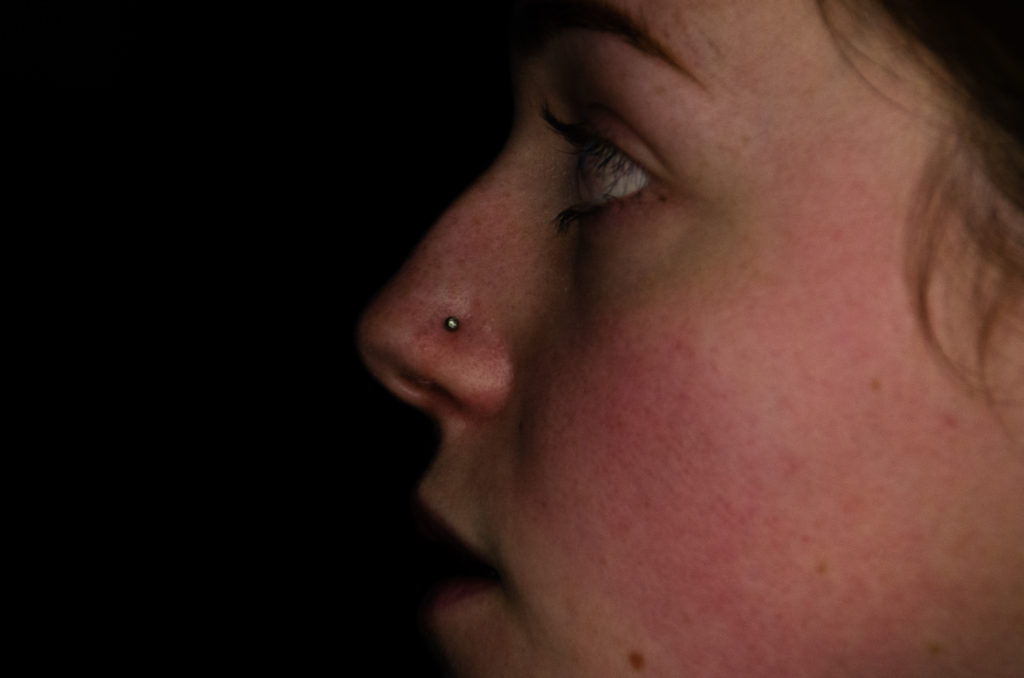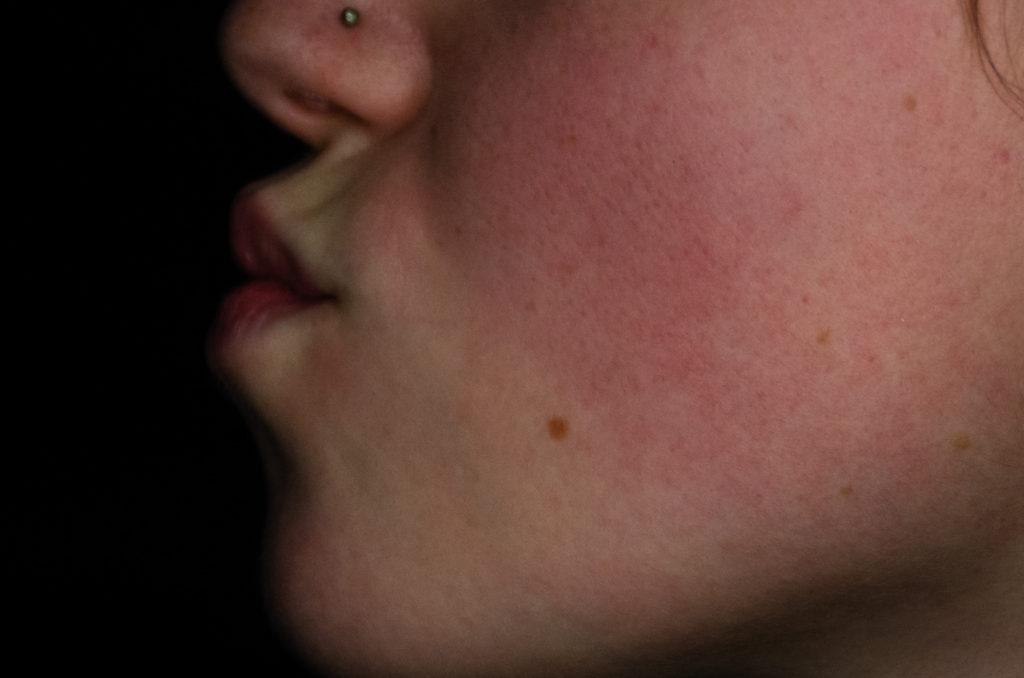HENRY MULLINS – DIAMOND CAMEO
Henry Mullins started working at 230 Regent Street in London in the 1840s and moved to Jersey in July 1848, setting up a studio known as the Royal Saloon, at 7 Royal Square.
He was known for presenting his images in a diamond shape, in oval frames:
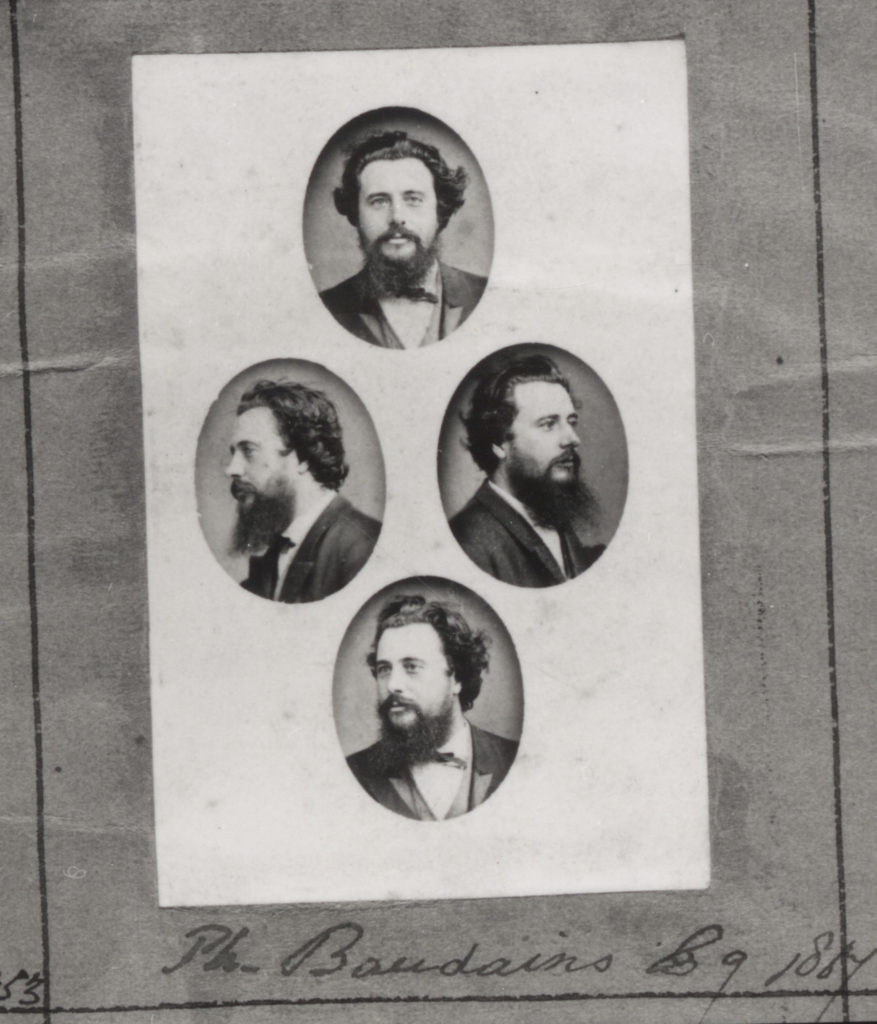
My Diamond Cameo
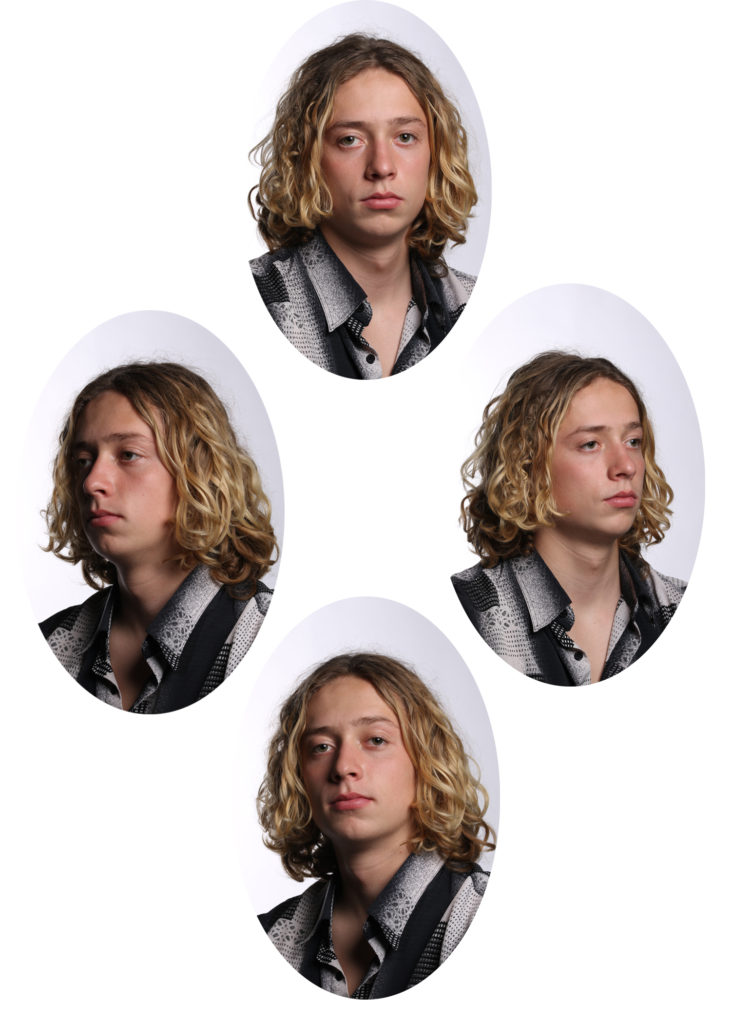
Deadpan Aesthetic/typology – Passport
In summary Deadpan photography is a cool, detached, and unemotional presentation and, when used in a series, usually follows a pre-defined set of compositional and lighting rules.
Thomas Ruff wanted to mimick the setup for a having a set of passport images taken, here are some of his images:
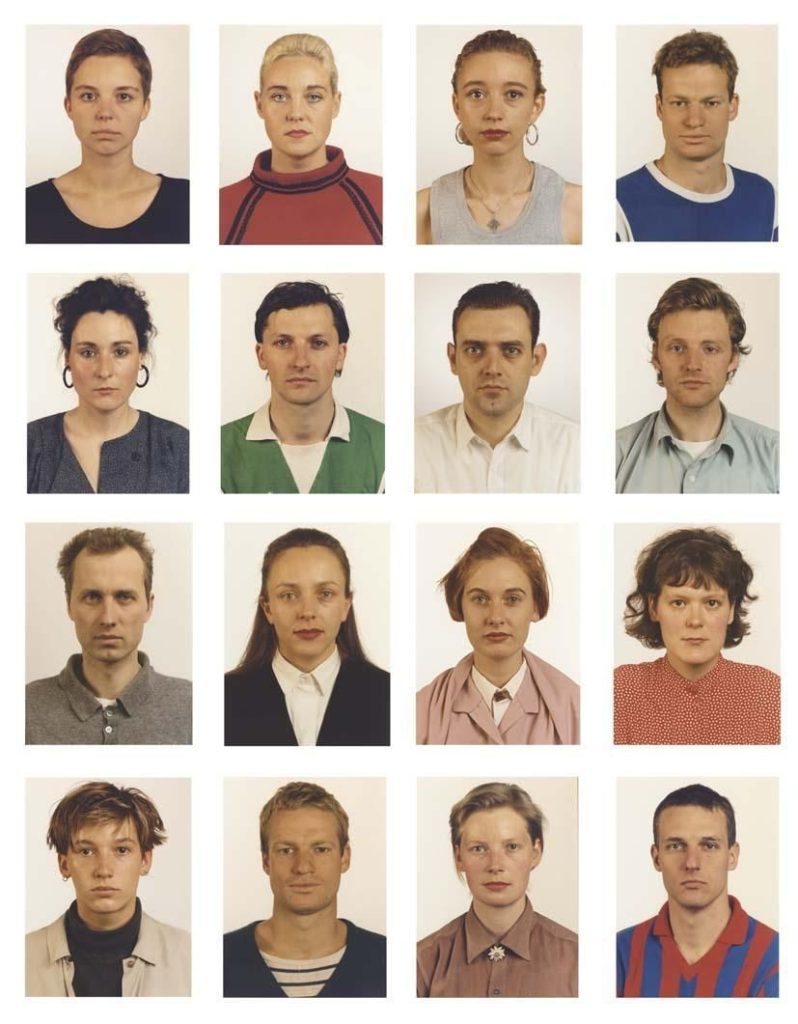
Typology:
These images are also classed as typology. Typology is ‘a single photograph or more commonly a body of photographic work, that shares a high level of consistency. This consistency is usually found within the subjects, environment, photographic process, and presentation or direction of the subject.’ In this case it is the deadpan aesthetic, framing of the images, colour tones and background.
My Deadpan Images
Because of the social distancing rules of the time of this shoot, these photos were taken at home with natural light and one front facing directional light source.
Up Close
Close-ups display the most detail, but they do not include the broader scene or the whole image.
‘Satoshi Fujiwara: Code Unknown: In Michael Haneke’s 2000 film Code Unknown, there is a scene in which the protagonist’s lover, a photographer, secretly snaps pictures of passengers sitting across from him on the train.’
My Closeups
Because of social distancing rules at the time of this shoot, it had to be shot at home with one directional light.

